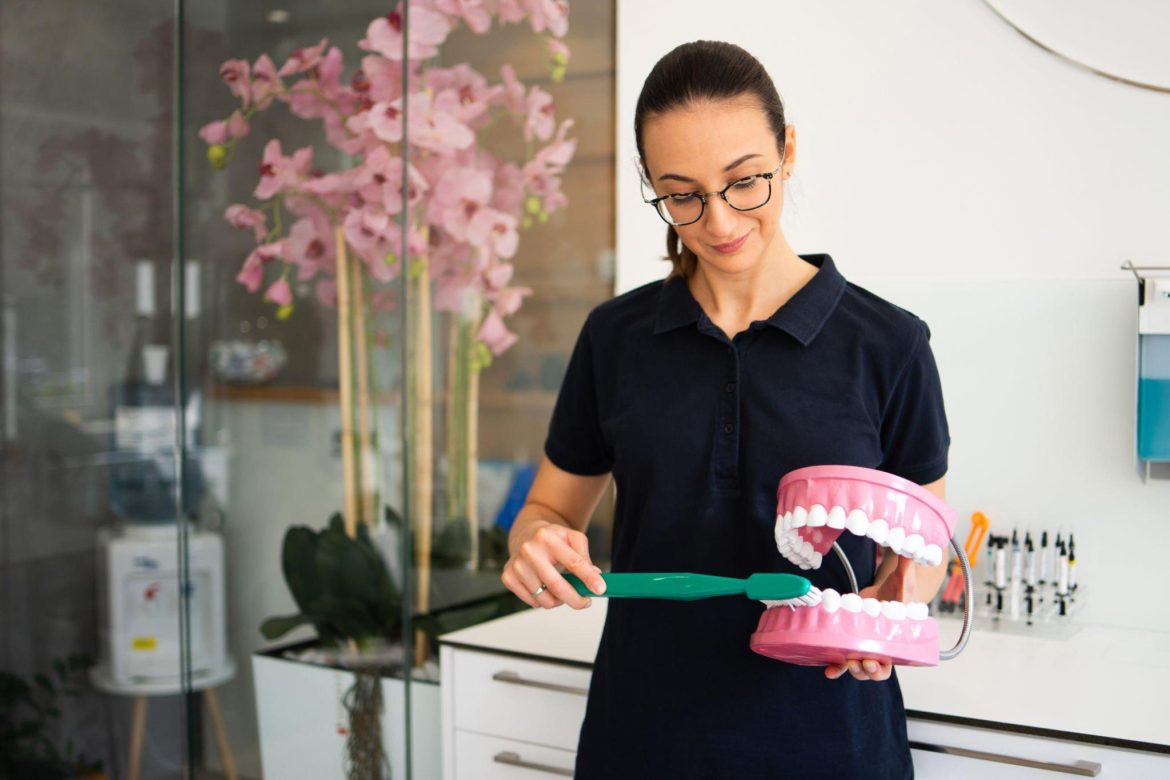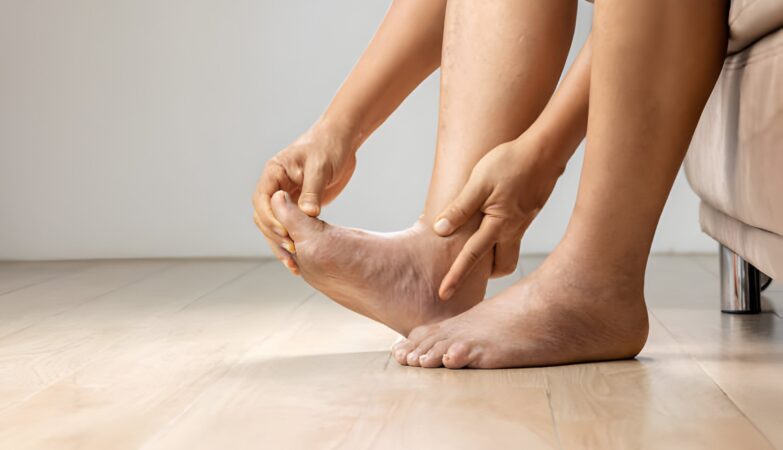Dental prophylaxis involves a regular oral examination and a detailed cleaning done by an expert dentist or dental hygienist.
It’s a process where specialized tools and equipment are used to get rid of bacteria, calculus, and the accumulation of plaque and mineralized plaque (tartar). This procedure encompasses tooth scaling, shining, and, when there’s excessive tartar, debridement.
According to the American Dental Association, consistent oral prophylaxis plays a vital role in warding off dental and gum issues. They’ve assigned the CDT code D1110 to adult prophylaxis and CDT code D1120 for that of children.
How essential is dental prophylaxis?
Dental prophylaxis is of paramount importance as a preventive measure. No matter how diligent you are with your oral care routine, regular dental prophylaxis sessions, recommended at least biannually, are essential. Why? Simply because regular tooth brushing and flossing can’t access and clean all areas of the mouth, leaving certain regions susceptible to plaque and tartar accumulation.
Moreover, early detection is key to preventing more severe dental issues. Issues like cavities or gum diseases often start inconspicuously. Dental prophylaxis acts as a safeguard, enabling individuals to determine whether their oral health is optimal or if there are underlying concerns.
What occurs during a dental prophylaxis session?
During a dental prophylaxis session, here’s what typically transpires:
Firstly, the dental practitioner reviews and updates your medical history, cross-referencing any health changes against your existing records. This helps in deciding the need for further examinations. Oral cancer screenings may also be conducted.
Next, to evaluate the overall health of your teeth and bone, the dentist employs advanced imaging techniques to take dental X-rays. These X-rays not only help in detecting concealed cavities and dental cysts but also monitor the development of wisdom teeth and potential complications they might bring.
Subsequently, a dental hygienist carries out periodontal probing. This process involves examining the spaces between your teeth and gums and measuring the depth of tissues at the gum line using specialized instruments.
Then, a comprehensive cleaning of your teeth is undertaken. The dentist uses specific tools to scrape off plaque and tartar build-up both on the teeth and along the gum line. Tooth stains are also addressed by polishing and conducting interdental cleaning. A common device used for this purpose is the Prophy Jet, which combines water, air, and a powdered substance to effectively polish the teeth.
The session typically concludes with a fluoride rinse, fortifying your teeth against potential decay.
How frequently should one undergo dental prophylaxis?
For those with good oral health, a dental prophylaxis session is recommended every six months as a proactive step.
On the other hand, those grappling with dental issues or gum diseases should consider dental prophylaxis every three to four months. This frequency also applies to high-risk individuals, which includes smokers, diabetics, expectant mothers, and those with compromised immune systems.
The Advantages of Consistent Dental Prophylaxis
Ensuring oral health is a priority, and next to daily brushing and flossing, regular dental prophylaxis is paramount. Some of its significant benefits include:
Eliminating Tartar and Plaque from Hard-to-Reach Areas
Even with diligent brushing and flossing, there are areas in the mouth where plaque and tartar can accumulate, especially in deep gum pockets. A session of dental prophylaxis can clear such buildups swiftly. Dental professionals, whether it’s a dentist or a hygienist, possess the required tools and techniques for this purpose.
Enhancing the Appearance and Freshness of One’s Mouth
Dental prophylaxis not only cleans but also beautifies. It addresses any discolorations or stains on the teeth. Tools like the Prophy Jet add a gleaming finish to the teeth. Once the session wraps up with a fluoride rinse, it results in fortified teeth and a refreshed breath.




